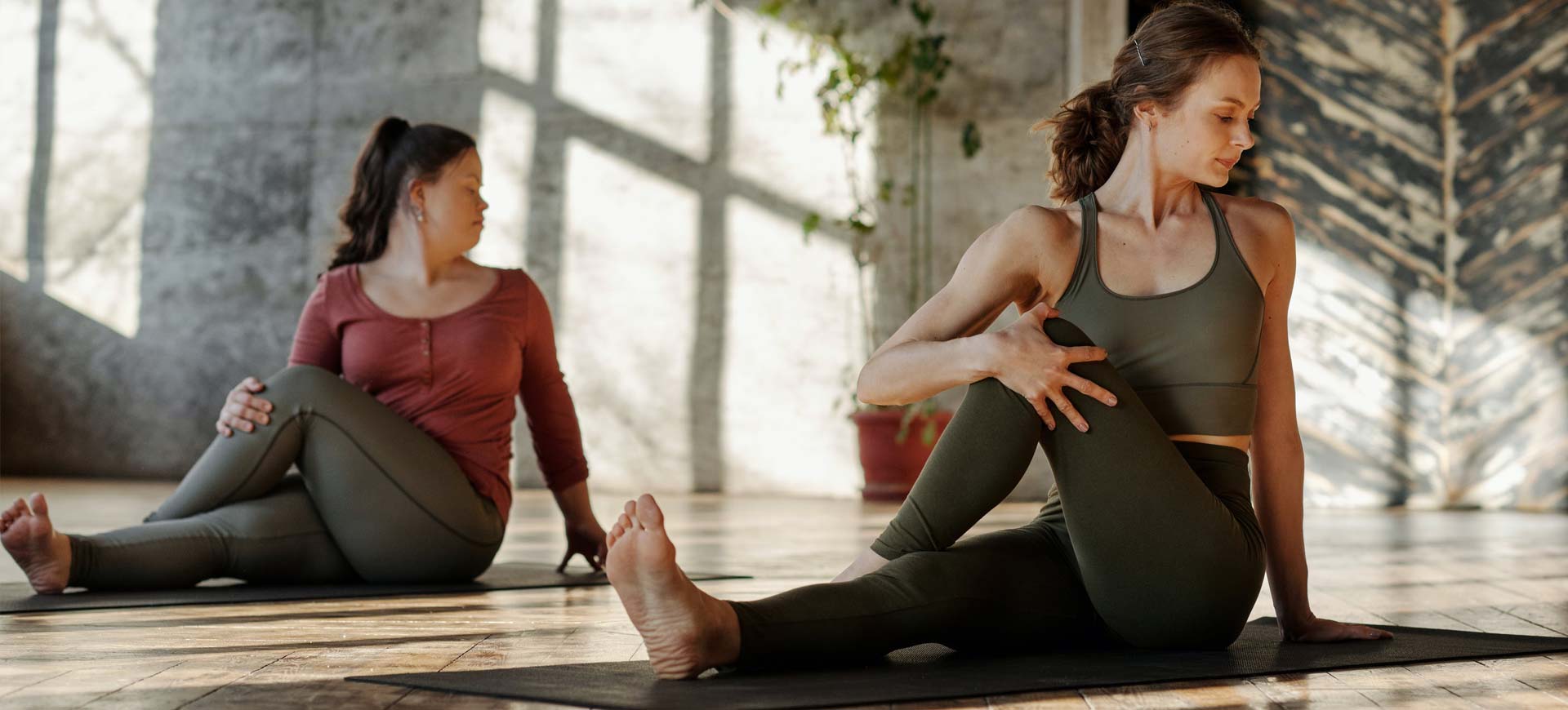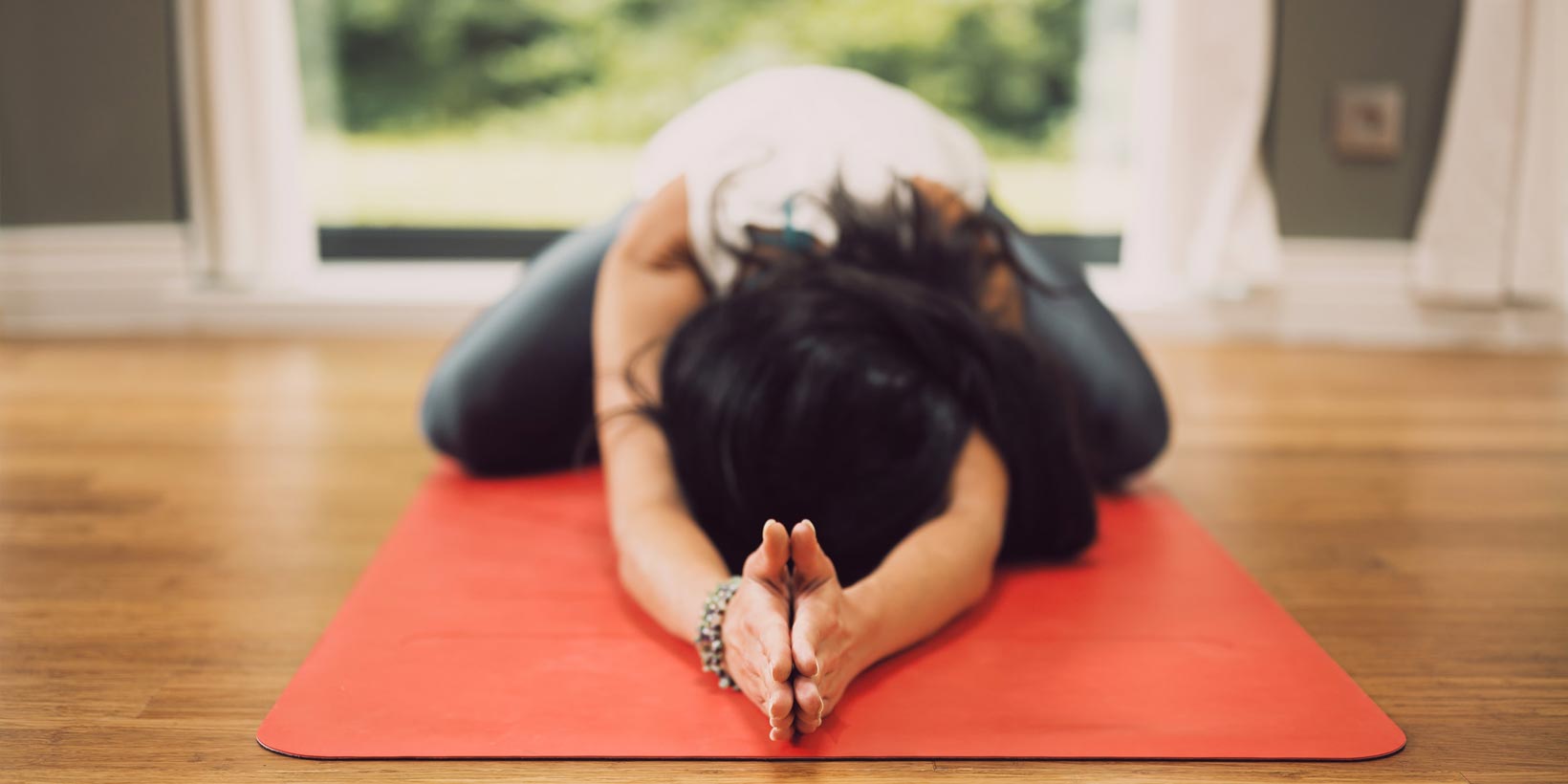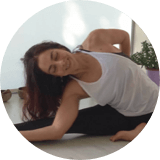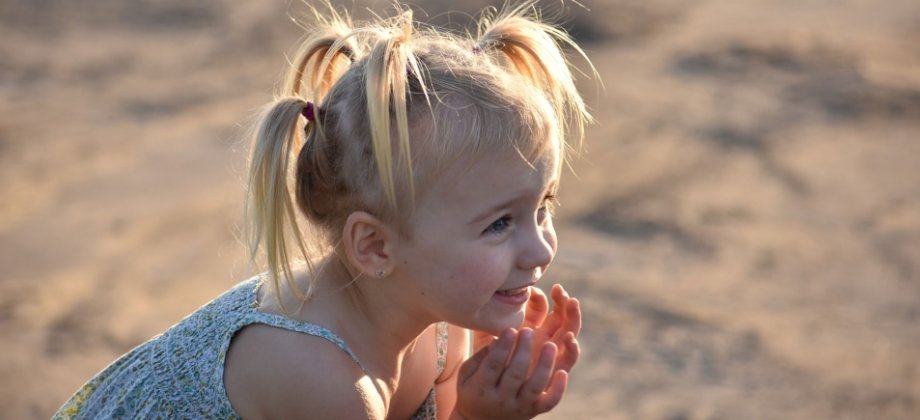
What I've Been Taught While Teaching Yoga for Beginners
Like most of you, when I first became a yoga teacher, I was given the opportunity to lead some beginners’ and mixed-level classes, with people that were trying out yoga for the first time. At first, I thought that teaching beginners was going to be easy, but it turned out to be more challenging – yet rewarding – than teaching students with some experience in yoga. And it was rewarding because it gave me so much food for thought.
When teaching yoga for beginners,it is important to have a beginner’s mind yourself.
I found out that while teaching beginners, you’re going be taught some things as well. And I like to think of those things as great tools to take your teaching to the next level. So let me share with you the 6 things that I have learned while teaching yoga for beginners.
The Key to a Good Beginners’ Yoga Class is Keeping It Simple
It might sound obvious, but it’s actually really easy to forget this. You are teaching beginners. So you need to get back to the basics.
Just try to remember how you were as a beginner – when everything was all new to you. Things that now seem like a piece of cake surely weren’t that easy in the beginning. Even Downward-Facing Dog was probably a rather challenging pose when you started out practicing yoga. Or getting from Downward-Facing Dog to high lunge with just one step. I know it was difficult for me when I first started.
When teaching yoga for beginners, it is important to have a beginner’s mind yourself. While preparing your class, you need to aim for it to be too easy, rather than too difficult. You need to think of the time that you were a beginner. Instead of focusing on teaching some fancy asanas, try and keep it simple. After all, even getting into Tadasana (Mountain Pose) involves a lot of micro-movements, to achieve good grounding and at the same time feel that nice lengthening in your spine.
So remember what poses you struggled with when starting out as a beginner, and try to avoid them. There’s no need to teach them Chaturanga Dandasana or a full side plank. Focus on giving some clear instructions to gradually get your students into a simple asana instead. You can always show them how to roll themselves to the ground from a plank on their knees, or teach them an easier side plank with one knee on the mat. Keeping your transitions simple is very important too, as they can often be tough without you realizing it.
You certainly don’t want your students to leave your class frustrated because they can’t do this or that. Believe me, I’ve been there. To avoid that, try and keep it to the basics. Encourage them to move with awareness, while aligning their breath with their movement. And always share your own experience – it might be inspiring for quite a few!

Everyone’s Practice Looks Different
And this is something that you first need to realize yourself, in order to be able to pass it on to your students as well. There’s no need to insist on giving instructions for the perfect alignment in order to get your students into the perfect asana. They are all beginners and each one of them has different needs and abilities. It is absolutely normal that their practice will look completely different too. You also need to remember that they have come to your class to enjoy themselves. The last thing they need is the pressure to get everything right.
Encourage your students to focus on their bodies and their own needs and abilities at the present moment, instead of pushing themselves to get into a pose they might not be ready for. Teach them how to find their own variations while listening to their body. Remind them that everyone is unique, and so is their practice.
Sometimes Beginners Don’t Exactly Enjoy Relaxation
I remember once having a beginner in class, who suddenly jumped off Savasana. The moment this happened, I couldn’t help but wonder if I had done something wrong. After class, she told me that trying to let go and relax in this posture was actually very stressful for her. And this reminded me of the countless times someone next to me kept moving during Savasana, or could not remain still in a seated posture for a few breaths. I remembered myself not being very comfortable in Sukhasana (sitting cross-legged) as a beginner either, and often wondering how much longer we would hold that pose.
Seated meditation and deep relaxation in Savasana are definitely not for everyone – especially if you are teaching beginners. So make sure that you keep them short. And encourage your students to use props to make these postures as comfortable as possible.
You Will Need To Speak Your Students’ Language
I remember once telling students in a beginners’ class to internally rotate their shoulder. As you can imagine, most of them turned and looked at me in question. This taught me that I shouldn’t assume students are familiar with such terminology – especially when it comes to beginners. And that I should keep my language as simple as it gets.
So when teaching yoga for beginners, your instructions need to be clear and you need to use a vocabulary your students will understand. The same rule applies to the Sanskrit names of yoga poses. Instead of asking your students to bring their hands in Anjali Mudra, you can just tell them to bring their palms together in front of their chest. And then introduce the Sanskrit name if you want. This will help them stay focused in their practice, without having to look around to see what you mean or stress about memorizing the asanas names.
Less Is More
When I started teaching my first few beginners’ classes, I was kind of afraid that my students would quickly get bored if I stuck to teaching them a few basic asanas. So I spent hours trying to prepare some creative classes with lots of different – yet simple (or at least so I thought!) – poses to keep my students occupied. And I sometimes ended up leading a class with a rather quick flow in order to fit everything in. The result of this? A more or less exhausted group of students at the end of the class.
Celebrate your students’ strengths and congratulate them for every little progress they make.
So, soon I realized that what I was doing was wrong. Beginners – especially if they have little or no experience in other kinds of exercise as well – first need to simply learn how to move their bodies. They need to build some sense of awareness. They need to learn how to focus on their breath.
And all these things are new to them. So it is important for you to take some time and clearly explain to them how they will approach a simple asana and encourage them to make it theirs. And of course, offer them a pause every now and then, so that they can take some time to rest and just breathe.
Everyone Likes a Reward
When I first started teaching yoga for beginners, I was focusing too much on demonstrating the asanas right and giving the clearest instructions possible, that I forgot a very important part of a yoga class; letting my students know that they were doing a good job.
A few words like “Great”, “That's very good”, “Very nice” or “That’s it” can really make the difference in a beginners’ class. So celebrate your students’ strengths and congratulate them for every little progress they make. This will not only keep them going, but will also help them further develop their own sense of self-awareness.
Always share your own experience, it might be inspiring for quite a few!
Final Thoughts
When teaching yoga for beginners, you should always aim at making them feel good and want to come back. To do so, keep it nice and simple. Remain a student yourself, keep practicing and get back to that beginner’s mind. Share your own experience. Go easy on the yogic language and focus on teaching them how to breathe and observe their bodies while in an asana. And, most importantly, keep it real!






